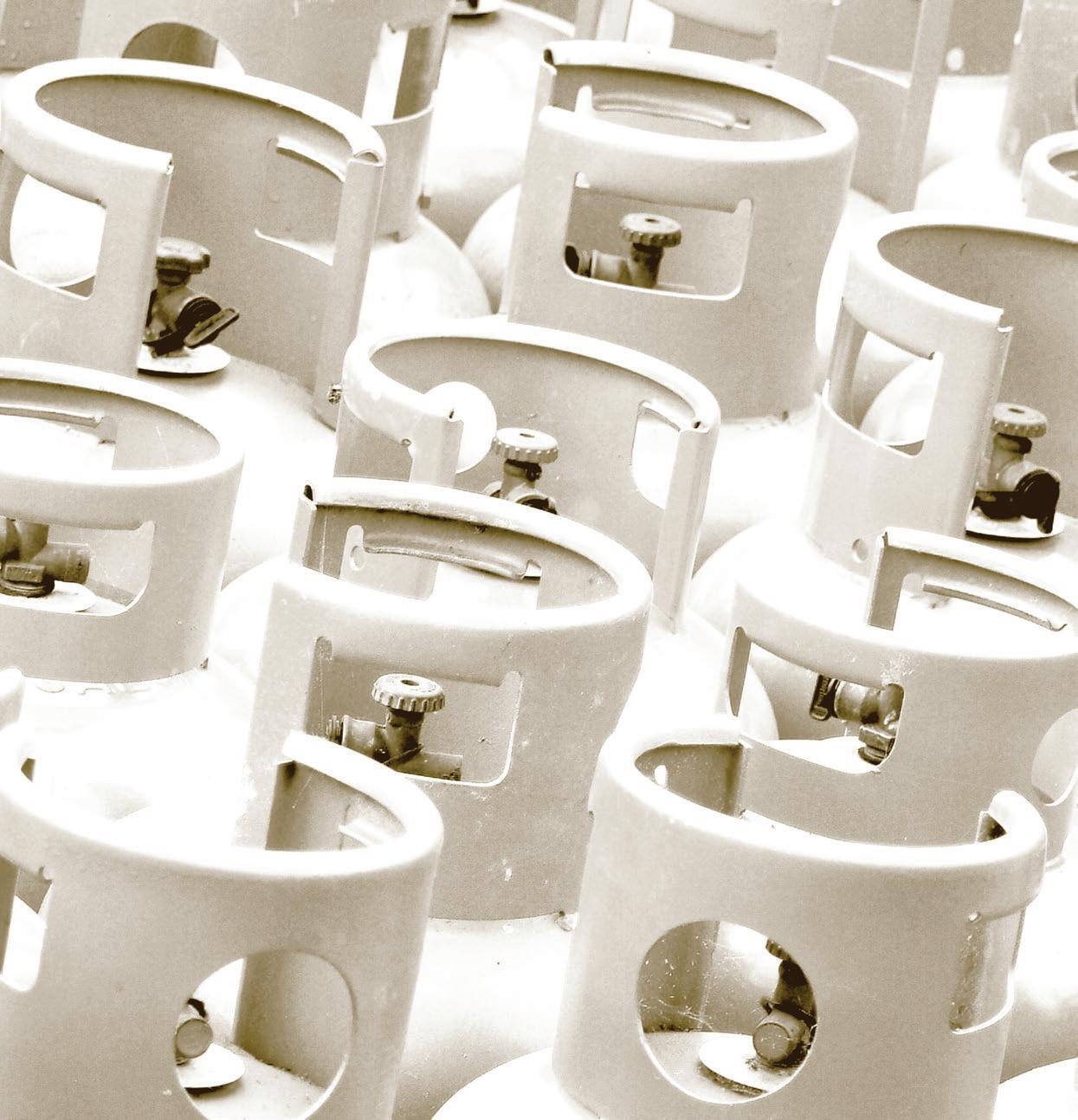
p: 03 9768 2015 www.directgas.com.au Direct Gas Manual
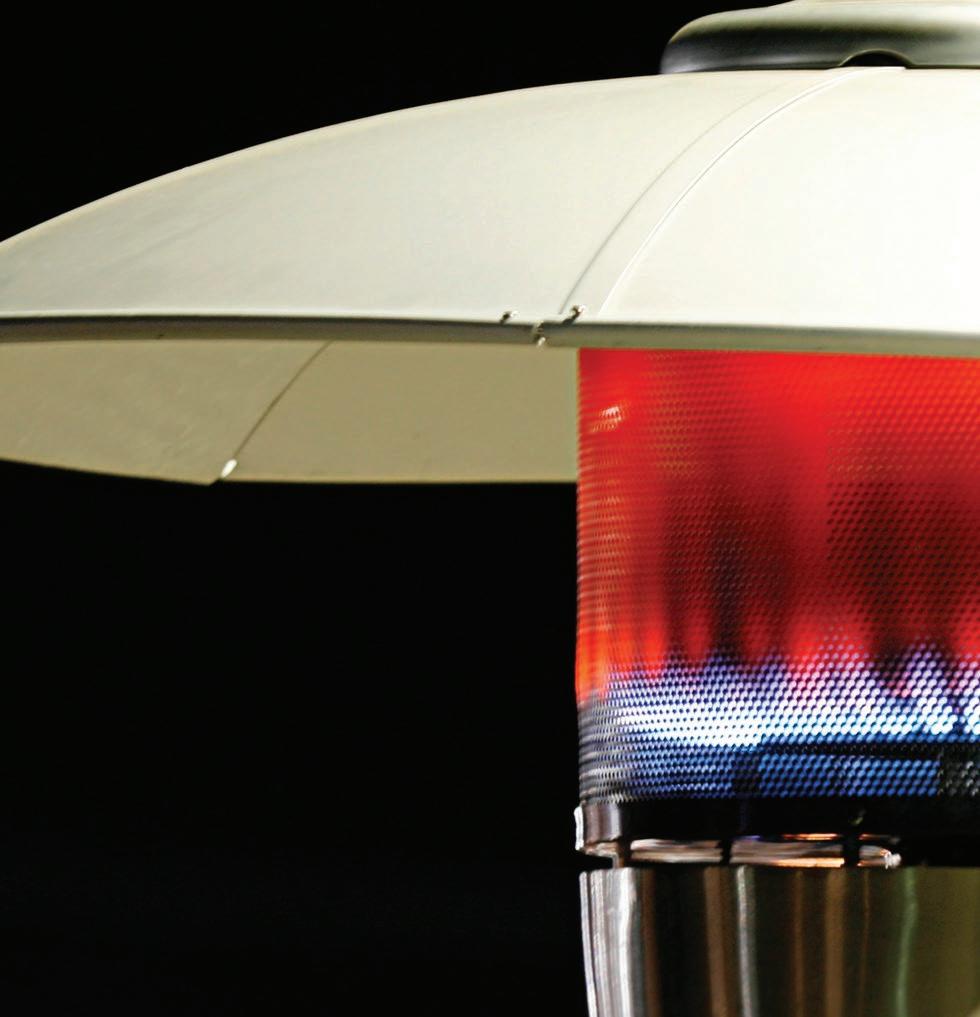
Contents Introduction to The Direct Gas Program 2 Emergency Procedures 3 Customer Returns – Faulty Cylinders 3 First Aid Instructions for LPG Cold Burns 3 Why Do Cylinders ‘Slosh’ When I Shake Them? 4 Acceptable and Unacceptable Cylinders 4 Unacceptable Cylinders 4 Domestic LPG & Gas Supply 5 Forklift LPG Supply 6 Commercial LPG & Industrial Gas Supply 7 Bulk LPE Supply 8 Portable Cylinder Exchange Storage Facilities 9 Filled Safety Sticker 9 Safety Tips for You and Your Customers 9 Leak Testing Cylinders 10 Dangerous Goods Requirements 10 How To Transport Exchange Cylinders 10 Material Safety Data Sheet 13 Direct Gas Site Operator Training Register 18 Emergency Contact 19 Site Training Certificate 20 Direct Gas Training Register 21
Introduction to The Direct Gas Program
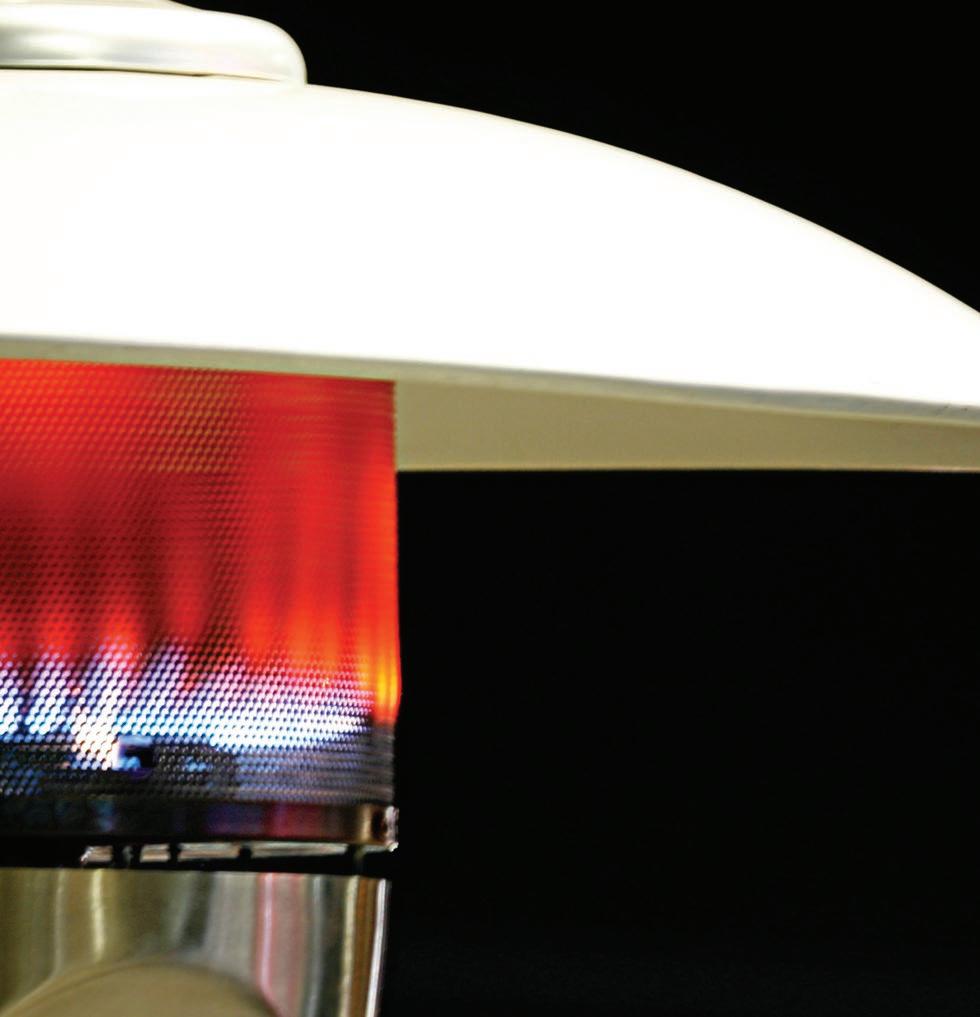
Today’s consumer demands good service, quality products, a quick transaction, convenience and peace of mind when purchasing.
The Direct Gas LPG Service can help you satisfy your customer’s needs and at the same time provide you with a reliable and safe product.
Direct Gas Pty Ltd is a premium provider of LPG exchange cylinders, bulk gas and forklift cylinders.
Our ‘Direct Gas’ branded Cylinder Exchange Service is available at retail locations including leading service stations, hardware stores and convenience stores.
The Direct Gas Cylinder Exchange Service offers consumers a safe and convenient alternative to traditional cylinder refilling and is the safest and most convenient way to receive a full LPG cylinder. Customers simply exchange their acceptable empty LPG cylinder for a fully inspected, precision filled and leak tested Direct Gas Cylinder.
It’s simple.
Emergency Procedures
Leak without a fire:
The following action must be taken in the event of a leak without a fire:
Close the valve on the leaking cylinder (if safe to do so). Personnel must be fully equipped with protective clothing and gloves.
If the leak continues, keep your hands and face away from the escaping LPG and try to move the cylinder to an open space away from buildings, people, drains and sources of ignition. Stand the cylinder upright with the valve at the top. Disperse the leaking LPG by using a water spray.
Once empty, mark the cylinder as faulty and segregate it from other empty cylinders.
Advise your Direct Gas Manager of the incident, who will arrange for the safe disposal of the cylinder.
If required, call the Fire Brigade.
(Phone Number: 000)
Leak with a fire:
The following action must be taken in the event of a leak with a fire:
Close the valve on the leaking cylinder (if safe to do so). Do not attempt to extinguish the fire if the flame is not in contact with the cylinder or does not threaten the immediate environment.
Instead, ensure the following control measures are followed: Keep the cylinder and fittings cool with a water spray. Keep the cylinder upright with the valve at the top. Keep people away from the area.
Remove any other cylinders and/or flammable material from the area.
Call the Fire Brigade (Phone Number: 000)
If the flame touches the cylinder, attempt to extinguish it with a dry powder extinguisher. These extinguishers are red and contain a white band.
Cool cylinder with a water spray.
Once the fire is extinguished, treat as a ‘leak without a fire’, as above.
Advise your Direct Gas Manager of the incident.
Customer Returns – Faulty Cylinders
Replace the suspected faulty cylinder.
Determine if fault relates to a cylinder leak.
If a smell of gas is detected, then check if the valve is tightly closed and carry out a soapy water test to determine location of leak.
If you can still smell gas, refer to Emergency procedures (leak without a fire).
Tag the faulty cylinder and isolate. Seek specialist advice from Direct Gas.
If you are unable to stop the leak, place the cylinder in an open area away from any sources of ignition to allow the cylinder to depressurise.
Site Managers; ensure site personnel are aware of and familiar with the emergency response procedure.
First Aid Instructions for LPG Cold Burns
LPG will produce visible effects on the skin similar to frostbite. Frozen tissue is painless and appears waxy with a pallid yellowish colour. Treatment should be as follows:
1. Remove any clothing splashed by LPG and, if appropriate, move the patient to a warm area as soon as possible.
2. Bathe the affected area(s), preferably with warm water (35˚C maximum), to thaw the frozen tissue. Immersion of the affected area is preferred, if possible.
NEVER USE DRY HEAT TO THAW THE TISSUE
Note: The thawing process is painful and may induce shock; the skin will turn to a pinky-red colour when thawing is complete.
3. Loosely cover the affected area with dry, sterile dressings.
4. If necessary, call a doctor.
5. Advise the doctor that the burn was caused by liquefied petroleum gas.
6. Follow any further instructions from the doctor.
3 p: 03 9768 2015 Site Safety Manual
Why Do Full Cylinders ‘Slosh’ When I Shake Them?
The standard fill level of LPG containers, whether they’re large tanks or the smallest cylinders, has adequate vapour space to allow for thermal expansion of the liquid if the temperature of the container should increase. LPG is very sensitive to temperature and will expand substantially when subjected to an external heat source.
LPG is stored as a liquid, but when released it vaporises into a flammable gas.

When released, one volume of liquid will expand 270 times when reverting to gas.
LPG vapour is about 1.5 times heavier than air. This means that leaking LPG will fall to the ground and gravitate to low areas.
LPG is odorised with a distinct smell to assist in the detection of leaks.
Acceptable & Unacceptable Cylinders
Which cylinders are acceptable?
To be accepted for exchange, cylinders must:
Have a foot ring
Have neck ring
Have a valve
Have a similar capacity when exchanging
Meet Australian Standard
Be in good condition*
*Slight surface rust is acceptable
Which cylinders are not acceptable?
Due to safety concerns, cylinders will not be accepted for exchange if they have:
No foot ring
No neck ring or protective collar
A damaged gas valve
Dents, rust or holes
Note: Reimbursement will not be issued if you accept these cylinders. Your site will be charged the full price of a replacement cylinder. On request from the site operator, Direct Gas will remove all ‘Out of Test’ abandoned cylinders.
Unacceptable Cylinders
Cylinders that contain any of the following defects are unacceptable for exchange.
Vapour Liquids
Pit: Local corrosion, which does not exceed 6.5mm diameter and is not nearer than 85mm to any other local corrosion, and is not greater than 50% of the original wall thickness.
Line Corrosion: Corrosion in a line that is not wider than 6.5mm at the surface, greater than 75mm in length and/or no deeper than 25% of the original wall thickness. (Note: Line corrosion occurs most commonly at a junction with an attachment such as a foot ring).
General Corrosion: Any corrosion more extensive than Pit or Line.
Gas Leakage: Any gas leakage through the cylinder or at the valve due to damaged, worn or stretched cylinder neck threads. Burns: A localised heat-affected region of the cylinder wall.
Note: Burns may result from contact with an electric arc or an oxygen-acetylene flame.
www.directgas.com.au p: 03 9768 2015 4
Domestic LPG & Gas Supply
Direct Gas is an independent LPG supplier offering a range of cylinder and bulk gas products to customers throughout Australia.
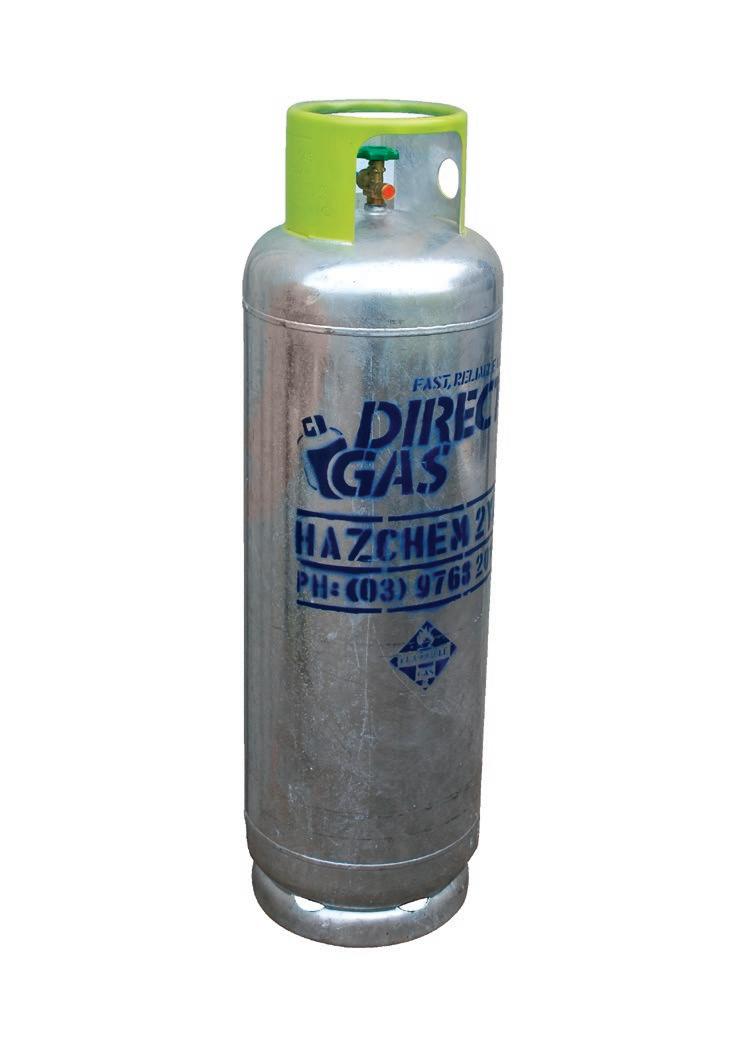
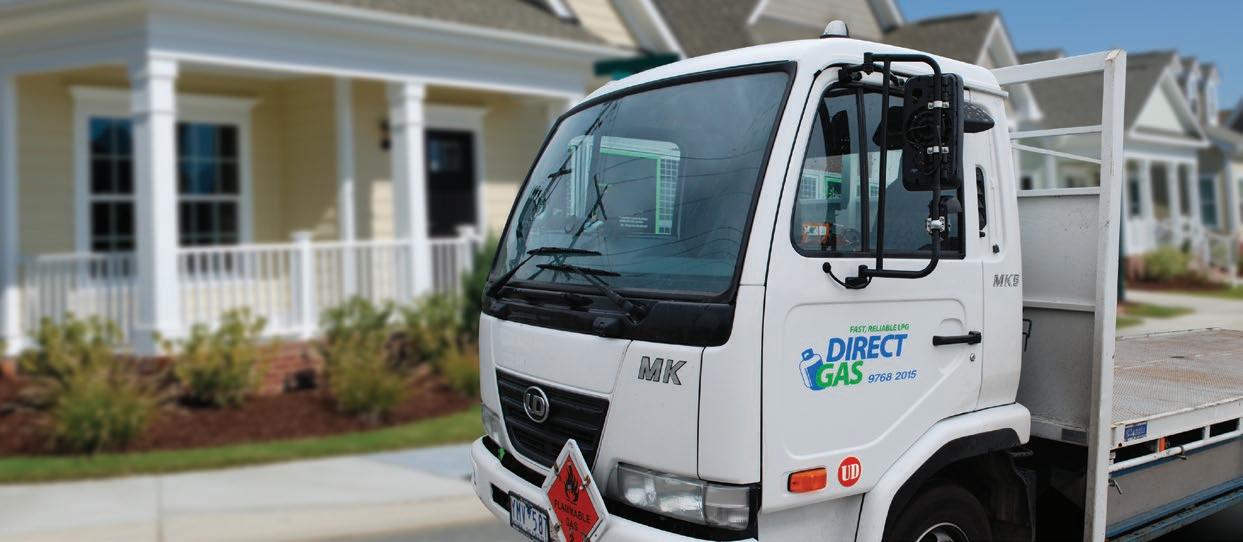
We offer all Gas products and related services including 45kg cylinder exchange and bulk LPG for the home.
Products & Services
45kg Cylinder Exchange
Bulk LPG Supply
5 p: 03 9768 2015
Forklift LPG Supply
Specialising in 15kg forklift Exchange Cylinders, Direct Gas is an independent LPG supplier that can customise the best suited supply solution for single or fleet operator services. Keep your business moving with our fast, reliable service. Direct Gas delivers Australia wide where and when you need it.
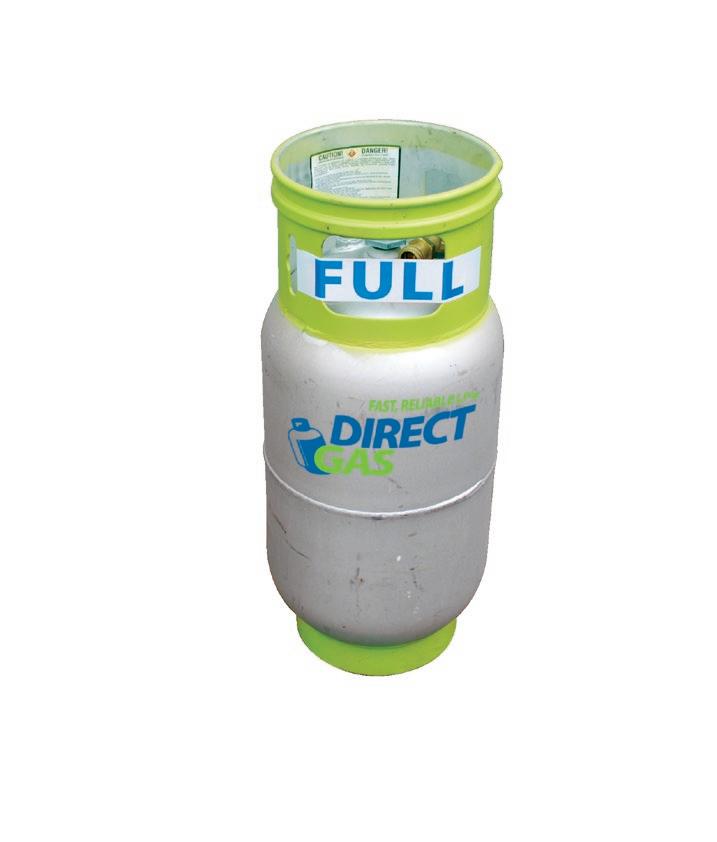
Forklift LPG is cost effective, clean and produces less emissions than petrol and diesel.
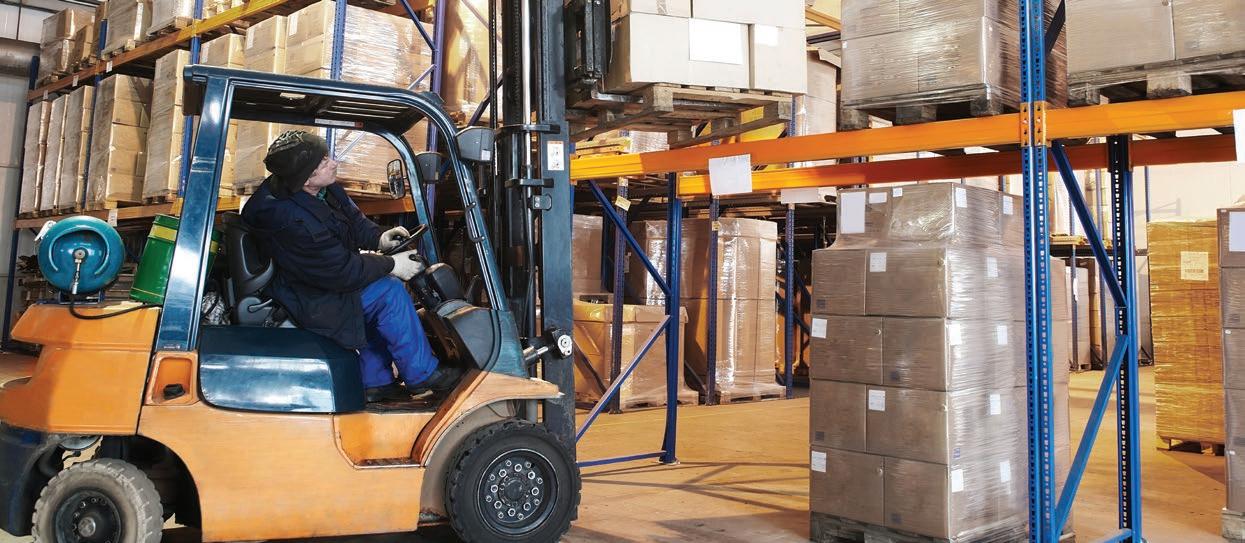
www.directgas.com.au
Commercial LPG & Industrial Gas Supply
Direct Gas is an independent LPG and Industrial supplier offering a range of cylinder and bulk gas products to customers throughout Australia. We offer all Gas products and related services including 9kg cylinder exchange, forklift cylinder exchange 45kg for industrial use. We also offer bulk LPG for industry and the autogas market.
Products & Services
9kg Cylinder Exchange
15kg Forklift Exchange Cylinders
45kg Cylinder Exchange
Bulk LPG Supply

Auto Gas
Factory heating gas
All industrial gas cylinders

7 p: 03 9768 2015 Site Safety Manual
Bulk LPG Supply
Direct Gas can supply LPG straight to your door. Quick, efficient, and reliable our bulk tankers can deliver any amount you require. We provide all bulk tank storage if needed.


www.directgas.com.au p: 03 9768 2015 8
Fire Damage: Any damage resulting from a fire or excessive or unusual application of heat.
Dent: Any dent where:
The depth of the dent exceeds 10% of the average dent diameter.
The average diameter of the dent exceeds 25% of the cylinder diameter.
The dent impinges on a weld and it exceeds 6.5mm in depth.
Dig: A sharp impression where the surface material has not been penetrated. A dig should not exceed 75mm in length or exceed 25% of the original wall thickness in depth.
Cut (gouge): A sharp impression where the surface material has been penetrated. A cut should not exceed 75mm in length or exceed 25% of the original wall thickness in depth.
Portable Cylinder Exchange Storage Facilities
(In Accordance with AS/NZS 1596:2008 Storage & Handling of LPG - Appendix K)
Cages must be located outdoors
At least 1 metre from any opening into a building.
At least 1 metre from the hose reach of an LPG decanting cylinder.
At least 1.5m (horizontally) and/or 0.5m (vertically) from any ignition source.
At least 1.5 metres from drains, pits, basements, public places or fuel dispensers.
At least 5 metres from any tank containing LPG.
At least 3 metres from above ground tanks containing dangerous goods other than LPG.
At least 0.5 metre from combustible materials.
Minimum 2 metres from structures limiting access past cages.
Clear on at least two sides from walls, solid displays or obstacles that may restrict airflow.
Protective bollards may be installed around a cage if located in a trafficable area.
For cylinders which are located within 1 metre of a building and which, individually or in aggregate, as the case may be, contain up to 100 kg of a class 2.1.1 liquefiable gas the building must not have any opening located:
(a) below the top of the cylinder; and
(b) within 1 metre of any cylinder.
FOR SAFETY REASONS CYLINDERS MUST NOT BE STORED UPSIDE DOWN OR ON THEIR SIDE IN CAGES
Once the storage cage/s has been installed on site, it must not be re-located without the permission of Direct Gas. Your storage cage has been located in accordance with AS/NZS1596 and relevant authorities which will ensure all sensitive separation distances are observed.
Filled Safety Sticker
To ensure our valued customers receive quality and consistency, the “Full” sticker on the Direct Gas exchange cylinders will show that they have been filled correctly and checked against controlled quality standards.
This initiative will alert customers to check the sticker is intact before they purchase or exchange their cylinder.
At Direct Gas, we are constantly seeking new and improved methods of operation. This new system provides customers and retailers with a method of identifying full and empty cylinders whilst having peace of mind that they are filled safely and correctly.
Safety Tips For You and Your Customers
Use soapy water to check cylinder valve and all connections for leaks. (Refer Leak Testing Cylinders with Soapy Water.)
When transporting, secure cylinder in an upright and well-ventilated area.
Never store LPG cylinders indoors whilst not in use. Consult the appliance owner’s manual as required. Always ensure control knobs on the gas appliance are turned off when not in use.
Make sure the cylinder has the right connection for your gas appliance and check that the connections are gas tight. Inspect the gas appliance before each use for damage or wear.
Never operate a gas appliance if parts are damaged, missing or improperly installed. Never move a gas appliance whilst in use.
Never allow children to operate or play around a gas appliances.
Use long handled utensils and flame retardant mitts to avoid burns.
9 p: 03 9768 2015 Site Safety Manual
Leak Testing Cylinders
Even though the cylinder is leak checked before being loaded onto the delivery vehicle it is strongly recommended that you leak check each cylinder with soapy water and ensure that the cylinder valve is completely turned off before allowing the customer to load the cylinder into their vehicle.
Spray solution of 1 part detergent 25 parts water on the cylinder valve. A leak will be detected by the spray solution forming small bubbles around the area where the gas is leaking. The valve should be tested when the appliance hose is connected tightly to the cylinder and also when the appliance hose is disconnected and the cylinder valve turned off tightly.
Dangerous Goods Requirements
Cage installation and presentation
Location
Direct Gas cage dimensions are approximately 2020W x 1200H x 730D. Cages are to be situated on level ground and in a highly visible location.
Code requirements
It is Direct Gas intention that this system should be implemented in such a way as to minimise risk to all parties. As such, both Direct Gas and the reseller should follow both the express direction and the intent of the relevant codes, to ensure such risk minimisation.
How to Transport Exchange Cylinders
Maximum two bottles in enclosed vehicles
Ensure
www.directgas.com.au p: 03 9768 2015 10
in use
keep cool and away from flames, sparks and heat
NOT leave LPG bottles in enclosed vehicle unnecessarily
NOT
loose or laying down
transporting cylinders inside passenger compartment Close Open
valves are turned off firmly when not
Always
Do
Do
transport cylinders
Avoid
Today’s consumer demands good service, quality products, a quick transaction, convenience and peace of mind when purchasing.
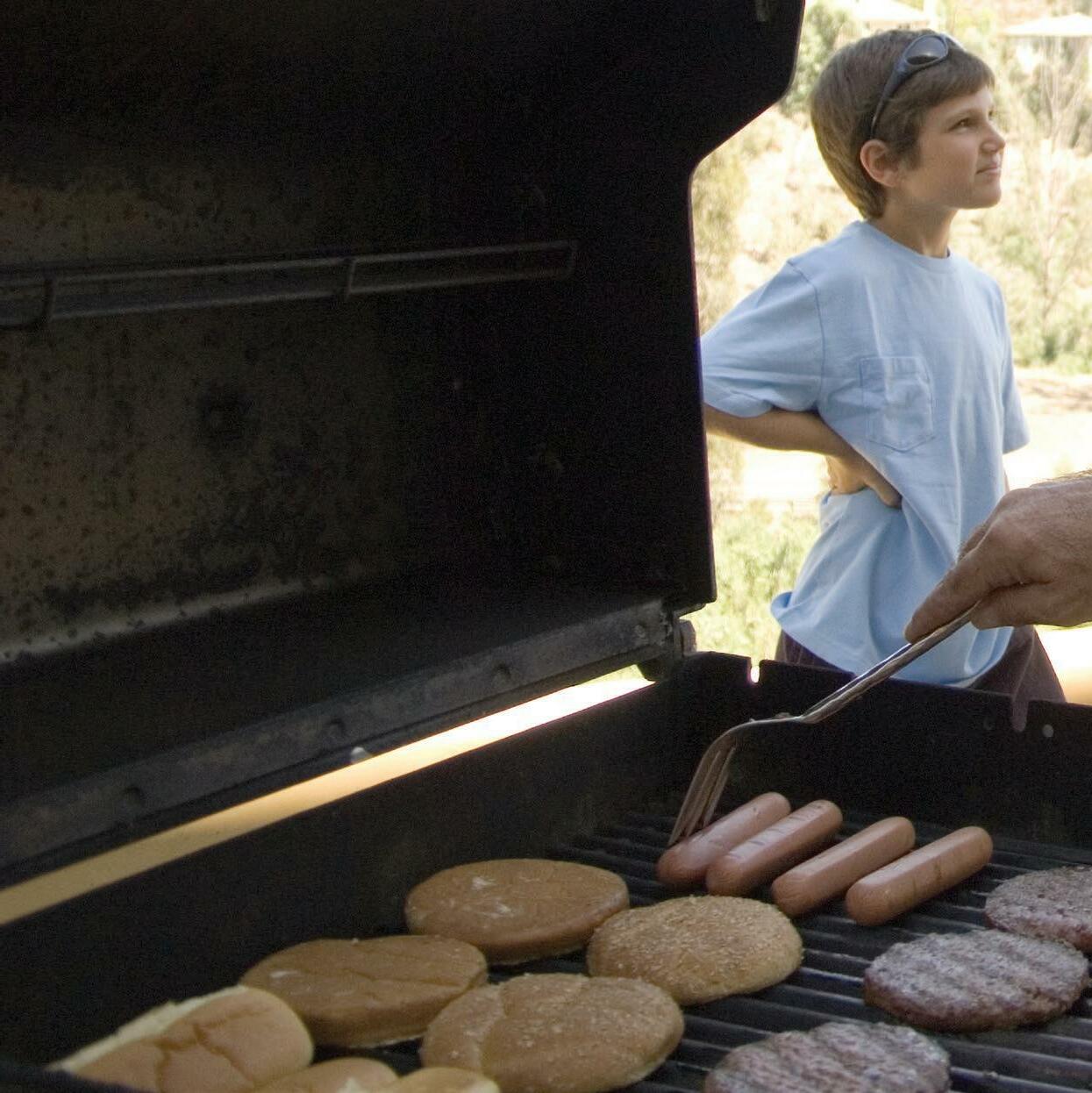
The Direct Gas Cylinder Exchange Service can help you satisfy your customer’s needs and at the same time provide you with a profitable and safe product.
It’s Simple!
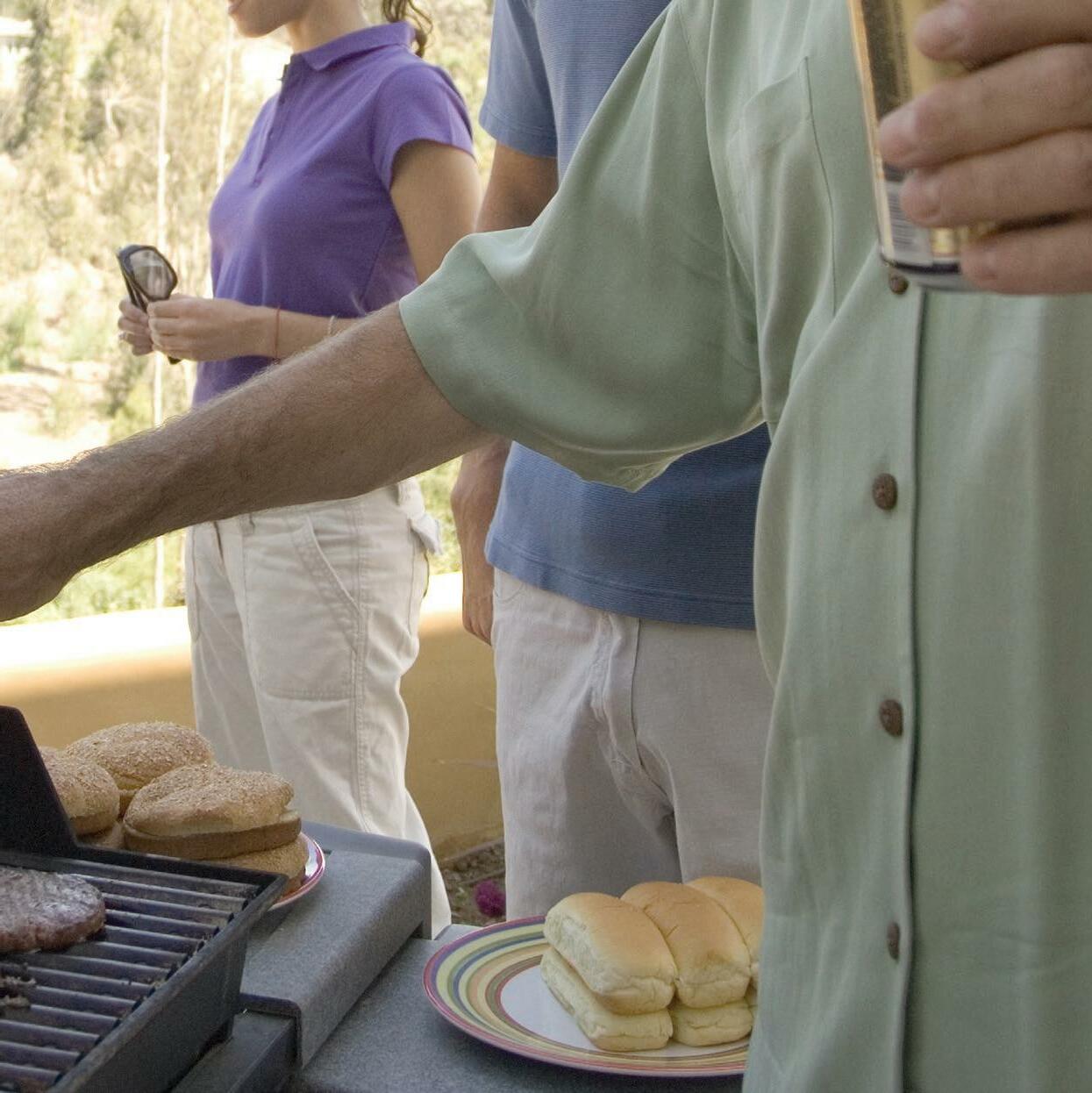
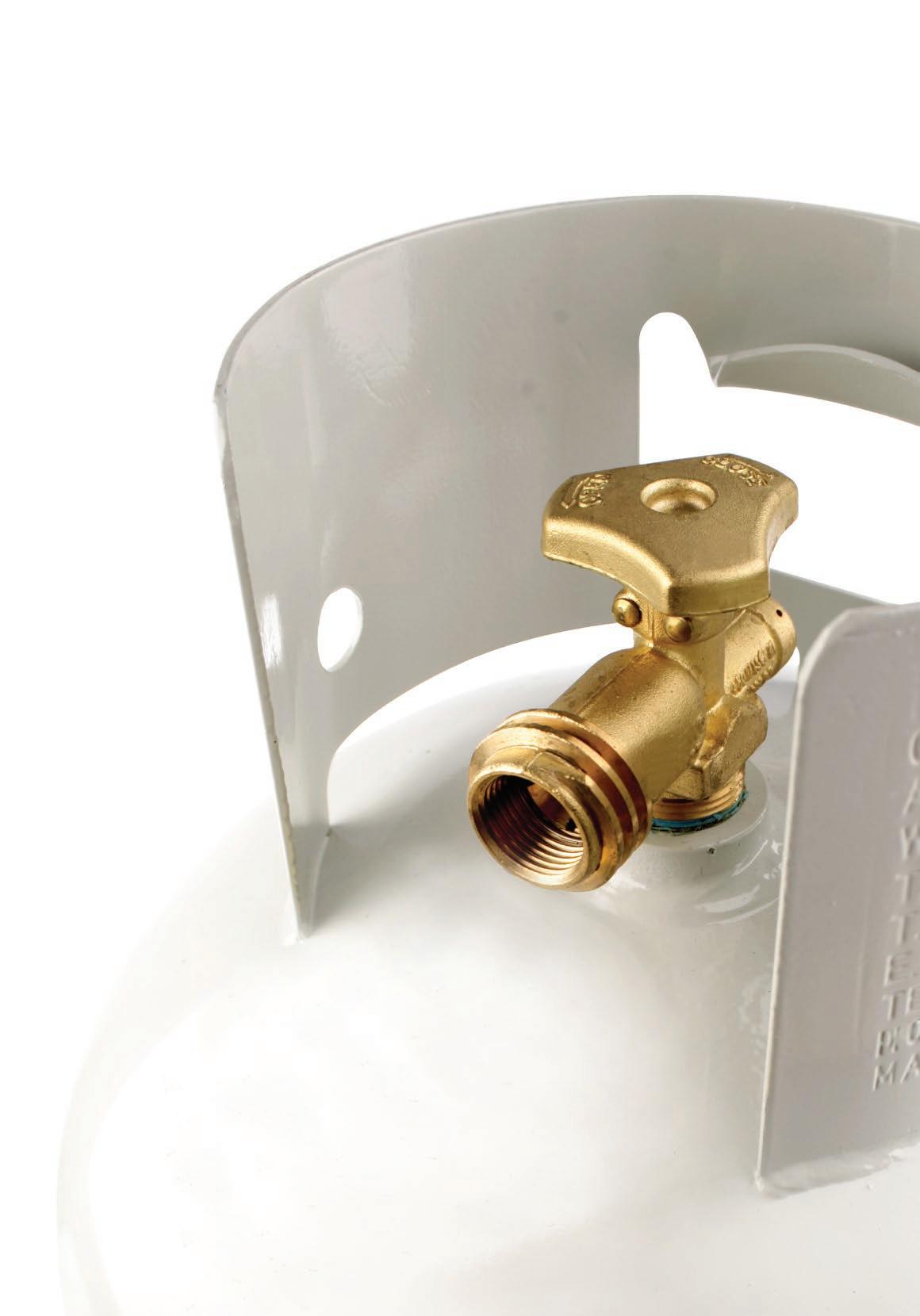
Material Safety Data Sheet
Commercial Propane
1. Identification of the material and supplier
Product (Material) Name: Liquefied Petroleum Gas (LPG)
Other Names: A blend of propane and butane.
Supplier Name: Direct Gas Pty Ltd
Address: 3 Commercial Drive, Dandenong South Victoria 3175
Telephone No.: 03 9768 2015
Emergency Contact No.: 000
2. Hazards information
UN Number: 1075, Petroleum Gases Liquefied
Class: 2.1
Subsidiary Risk: Nil
Packaging Group: N/A
HAZCHEM Code: 2YE. Forbidden for transport on passenger aircraft.
Proper Shipping Name: PETROLEUM GASES LIQUEFIED
Packaging Method: 5.9.2RT2
EPG Number: 2.1.001
IERG Number: 04
Risk Phrase(s):
R7 - May cause fire.
R12 - Extremely flammable.
R18 - In use, may form flammable-explosive vapour air mixture.
R21 - Harmful in contact with skin.
Safety Phrase(s):
S9 - Keep container in well ventilated place.
S16 - Keep away from sources of ignition – no smoking.
S18 - Handle and open container with care.
S26 - In case of contact with eyes, rinse immediately with plenty of water and seek medical advise.
S33 - Take precautionary measures against static discharges.
S35 - This material and its container must be disposed of in a safe way.
S43 - In case of fire, use dry chemical type extinguisher or water.
3. Composition/information on ingredients
Substances: C3H8 (Propane) Common Name Propane, C4H12 (Butane) Common Name Butane
CAS Number: 68477941
Mixtures of Composite Materials: >90% Propane and Butane.

Chemical Identity of the substance(s): C3H8 (Propane) C4H12 (Butane).
Hazardous Components: No component is present at sufficient concentration to require a hazardous classification.
Proportion of Ingredients: As per AUS standard.
Confidentiality Provisions: N/A
Disclosure of Ingredients: N/A
4. First aid measures
Inhalation
If exposure to vapour, mists or fumes causes drowsiness, headache, blurred vision or irritation of the eyes, nose or throat, remove immediately to fresh air. Keep patient warm and at rest. If any symptoms persist obtain medical advice.
Unconscious casualties must be placed in the recovery position. Monitor breathing and pulse rate and if breathing has failed, or is deemed inadequate, respiration must be assisted, preferably by the mouth to mouth method. Administer external cardiac massage if necessary. Seek medical attention immediately.
Skin
If cold burns are present drench with water and obtain immediate medical advice. Keep contaminated clothes away from ignition sources.
Eye
Wash eye thoroughly with copious quantities of water. Obtain immediate attention.
Advice to Doctor
Treatment should in general be symptomatic and directed to relieving any effects.
5. Fire fighting measures
Suitable Extinguishing Media
Smaller LPG fires may be extinguished by using dry chemicals powder type extinguishers. Larger LPG fires are required to be controlled with use of water via hose reel, hydrants or automated deluge type systems.
13 p: 03 9768 2015 Site Safety Manual
Hazards from Combustion Products
Carbon Dioxide, Water Vapour, traces of Carbon Monoxide and Nitrogen Oxides.
Fumes, smoke Carbon Monoxide and Aldehydes can be formed during incomplete combustion. Fire fighters may need self contained breathing apparatus.
Precautions for Fire Fighters and Special Protective Equipment
Evacuate area, remove ignition sources. Cut off gas supply if safe to do so – do not endanger life. DO NOT EXTINGUISH FIRE – allow gas to burn out. Use water to keep the container cool.
Note: If ignition has occurred and water is not available, the storage container metal may weaken from the heat and may result in an explosion. The area should be evacuated immediately. From a safe location, notify emergency services.
Hazchem Code
2YE
Additional Information
These materials are delivered, stored and used at temperatures above their flash point. Avoid all naked flames, sparks, cigarettes etc. In case of fire, immediately alert the fire brigade.
Ensure an escape path is always available from any fire. Fires in confined spaces should be dealt with by trained personnel wearing approved breathing apparatus.
If gas has ignited, do not attempt to extinguish but stop gas flow and allow to burn out. Use water spray to cool heatexposed containers, and to protect surrounding areas and personnel effecting shut-off. DO NOT USE water jets.
Every precaution must be taken to keep containers cool to avoid the possibility of a boiling liquid expanding vapour explosion (BLEVE).
Pressurised containers are liable to explode violently when subjected to high temperatures.
Code requirements are to be in accordance with AS/NZ 1596/2008. Especially in respects to clauses 2.2h, 6.6 (all), 9.5.19 and appendix K.
6. Accidental release measures
Emergency Procedures
As this product has a very low flash point any spillage or leak is a severe fire and/or explosion hazard. If a leak has not ignited, stop gas flow, isolate sources of ignition and evacuate personnel.
Ensure good ventilation.
Liquid leaks generate large volumes of flammable vapour, heavier than air, which may travel to remote sources of ignition (eg. along drainage systems). Where appropriate, use water spray to disperse the gas or vapour and to protect personnel attempting to stop leakage.
Vapour may collect in confined space.
Methods and Materials for containment and clean up procedures
If spillage has occurred in a confined space, ensure adequate ventilation and check that a safe breathable atmosphere is present before entry.
Do not enter a vapour cloud except for rescue; self contained breathing apparatus must be worn. Wear protective clothing. See Exposure Controls/Personal Protection, Section 8, of the Safety Data Sheet.
In the event of a leak, contact the appropriate authorities. Small quantities of spilled liquid may be allowed to evaporate. Vapour should be dispersed by effective ventilation.
7. Handling and storage
Precautions for Safe Handling
Ensure good ventilation.
Avoid inhalation of vapour.
Avoid contact with liquid and cold storage containers.
When handling cylinders wear protective footwear and suitable gloves.
Avoid contact with the eyes.
Conditions for Safe Storage
Store and use only in equipment/containers designed for use with this product.
Store and dispense only in well-ventilated areas away from the heat and sources of ignition.
Do not enter storage tanks. If entry to tanks is necessary, contact the supplier.
Containers must be properly labelled. Do not remove warning labels from containers.
www.directgas.com.au p: 03 9768 2015 14
Material Safety Data Sheet
Other Information
Fire prevention
Ensure equipment is electrically bonded and earthed to prevent static accumulation.

Explosive air/vapour mixtures may form at ambient temperature.
Note: Product spilt on clothing may give rise to delayed evaporation and subsequent fire hazard.
Storage and handling of commercial propane is controlled via the requirements of AS/NZ 1596 (Storage and Handling of LPG).
Please refer to ERMA dangerous goods regulations.
8. Exposure controls/personal protection
National Exposure Standards
Ensure good ventilation. Avoid, as far as reasonably practicable, inhalation of vapour generated during use. The vapour is an asphyxiate at high concentrations.
If vapour is generated, its concentration in the workplace air should be controlled to the lowest reasonably practicable level.
Biological Limit Values
N/A
Engineering Controls
Store containers in an upright position (even when empty); keep away from heat sources; do not drop; keep valves closed when not in use. Store away from oxidising substances (eg pool chlorine).
Cylinders must be secured in an upright position for transport, as per Code.
Respiratory Protection
If operations are such that exposure to vapour, mist or fume may be anticipated, then suitable approved respiratory equipment should be worn. The use of respiratory equipment must be strictly in accordance with the manufacturers’ instructions and any statutory requirements governing its selection and use.
Body Protection
Wear suitable gloves and overalls to prevent cold burns and frostbite. In filling operations wear protective clothing including impervious gloves, safety goggles or face shield. When handling cylinders wear protective footwear.
9. Stability and reactivity
Chemical Stability
Stable at ambient temperatures.
Hazardous Reactions
Hazardous polymerisation reactions will not occur. Conditions to avoid/Incompatible materials.
Avoid contact with strong oxidising agents (ie. Chlorine, Pool chlorine, Nitric Acid, etc.)
Hazardous Decomposition Products
Incomplete combustion will generate hazardous gases including carbon monoxide.
10. Toxicological information
Acute and Chronic Health Effects
None.
Possible Routes of Exposure/Range of Effects following exposure
Inhalation
Low vapour concentrations may cause nausea, dizziness, headaches and drowsiness. May have a narcotic effect if high concentrations of vapour are inhaled. High vapour concentrations may produce symptoms of oxygen deficiency which, coupled with central nervous system depression, may lead to rapid loss of consciousness.
Abuse
Under normal conditions of use the product is not hazardous, however, abuse involving deliberate inhalation of very high concentrations of vapour, even for short periods can produce unconsciousness and/or result in sudden death.
Skin
Will cause cold burns and frostbite if skin contact with liquid occurs.
Eye
Will present a risk of serious damage to the eyes if contact with liquid occurs.
Dose, concentration or conditions of exposure likely to cause injury
Saturated concentration of atmosphere may cause asphyxia. Delayed effects
N/A
15 p: 03 9768 2015 Site Safety Manual
11. Ecological information
Eco Toxicity
Not toxic to flora, fauna or soil organisms. Will not cause long term adverse effects in the environment and is not dangerous to ozone layer. Unlikely to cause long term effects in the aquatic environment.
Mobility
Spillages are unlikely to penetrate the soil. The product is volatile gaseous and will partition to the air phase.
Persistence/Degradability
Unlikely to cause long term adverse affects in the environment.
Bioaccumulative Potential
This material is not expected to bioaccumulate.
12. Disposal considerations
Do not dispose of any LPG container. Return all cylinders to supplier.
Empty packages may contain some traces of the remaining product. Hazard warning labels are a guide to the safe handling of empty packaging and should not be removed.
Containers must not be opened to the atmosphere to remove remaining traces of liquid or vapour before disposal.
LPG containers should NEVER be inadvertently disposed of in any landfill facility without being rendered unusable before disposal.
Warning:‘Empty’ containers retain residue (liquid and /or vapour) and can be dangerous.
Do not attempt to clean, as residue is difficult to remove. All containers should be returned to the supplier. Privately owned containers which are no longer required should be disposed of in an environmentally safe manner and in accordance with Government regulations.
13. Transport information
Transport of LPG is controlled in accordance with the requirements of the Dangerous Goods Code.
14. Other information
Ensure users and operators understand the flammability and potential explosive hazards associated with the storage and handling of LPG.
Contact with liquid may cause cold burns or frostbite. Always ensure that cylinders are within test date (10 year maximum), and are fit for use and are leak checked prior to use.
Only fill containers to 80% fill level (ullage tube via decanting or mass via mechanical filling).
MSDS Sheet prepared and last revised March 2014.
www.directgas.com.au p: 03 9768 2015 16
DO NOT PRESSURISE, CUT WELD, BRAZE SOLDER, DRILL, GRIND OR EXPOSE SUCH CONTAINERS TO HEAT FLAME, SPARKS AND OTHER SOURCES OF IGNITION. THEY MAY EXPLODE AND CAUSE INJURY OR DEATH

Direct Gas Site Operator Training Register
NOTE: Employees listed in the Direct Gas site operator training register are qualified to train employees to correctly perform Direct Gas cylinder management activities.
www.directgas.com.au p: 03 9768 2015 18
Employee Name Training Date Employee Signature Site Manager Signature SITE COPY
Emergency Contact
For emergencies dial: 000 (Fire Brigade)
FOR Direct Gas SERVICE INFORMATION PLEASE CALL: 03 9768 2015 or 1300 655 784

Name:
Number:
Important Notice
This manual contains material in some sections that has been sourced from other government bodies and issued with uncontrolled status. Should you wish to verify the currency of any procedures and/or documents, please refer your query to Direct Gas Pty Ltd.
19 p: 03 9768 2015 Site
Manual
Safety
Site Training Certificate
This is to certify that:
Name:
Has received training in:
DIRECT GAS ON-SITE CYLINDER SAFETY MANAGEMENT and is in my opinion qualified to train site employees to correctly perform Direct Gas cylinder management activities.
Signed: Title: Of: Direct Gas Pty Ltd On the Day of 20__
I acknowledge receipt of the above training, and the following items: Signed: Title: Of: On the Day of 20__ Direct Gas

COPY
Direct Gas Training Register
I acknowledge receipt of training on Direct Gas On-Site Cylinder Safety Management.

Full Name Company Name & Address Signature Direct Gas COPY Trainers Signature: Date: Trainers Name:
www.directgas.com.au p: 03 9768 2015 22
Notes
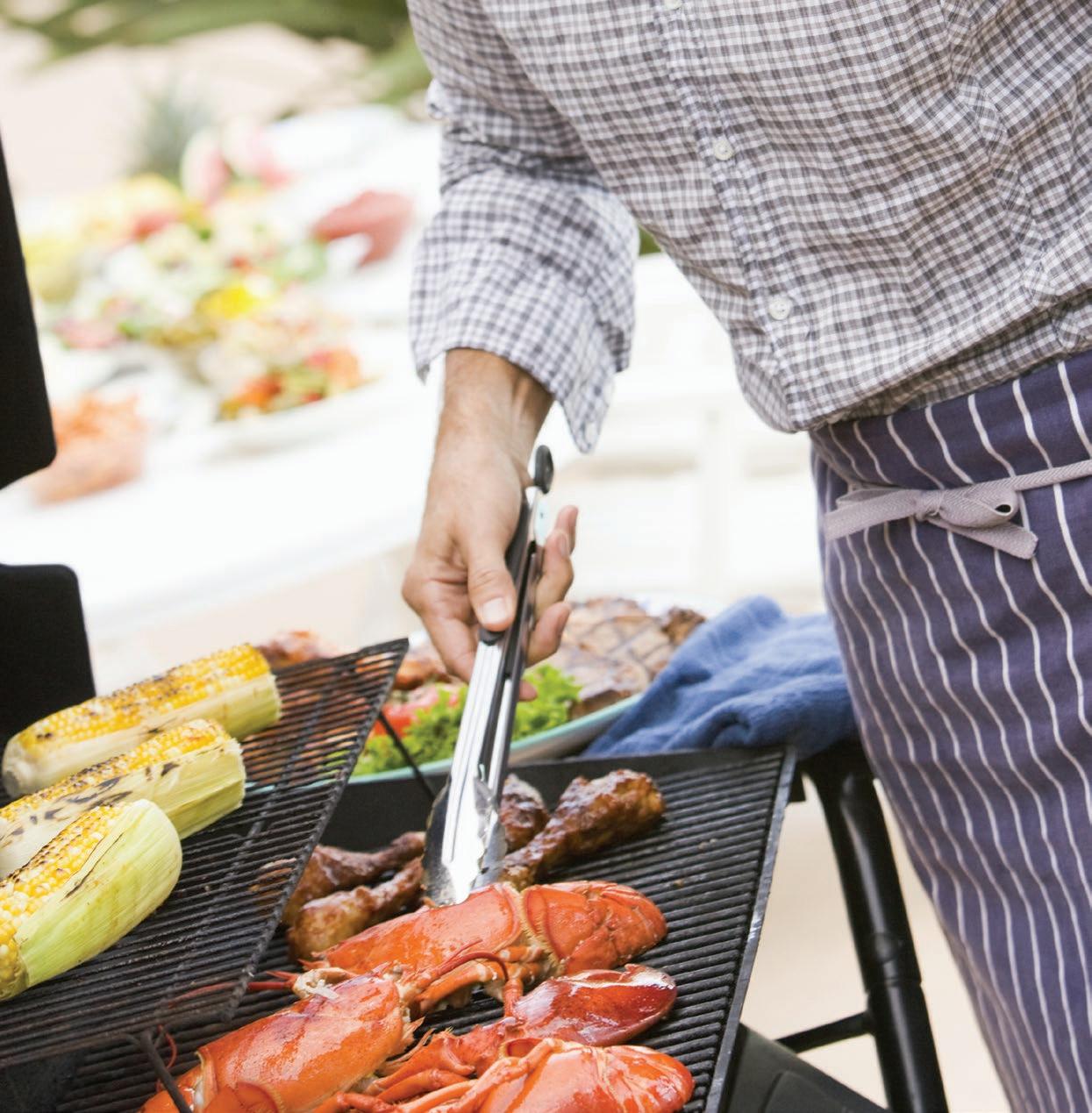
p: 03 9768 2015 www.directgas.com.au






















